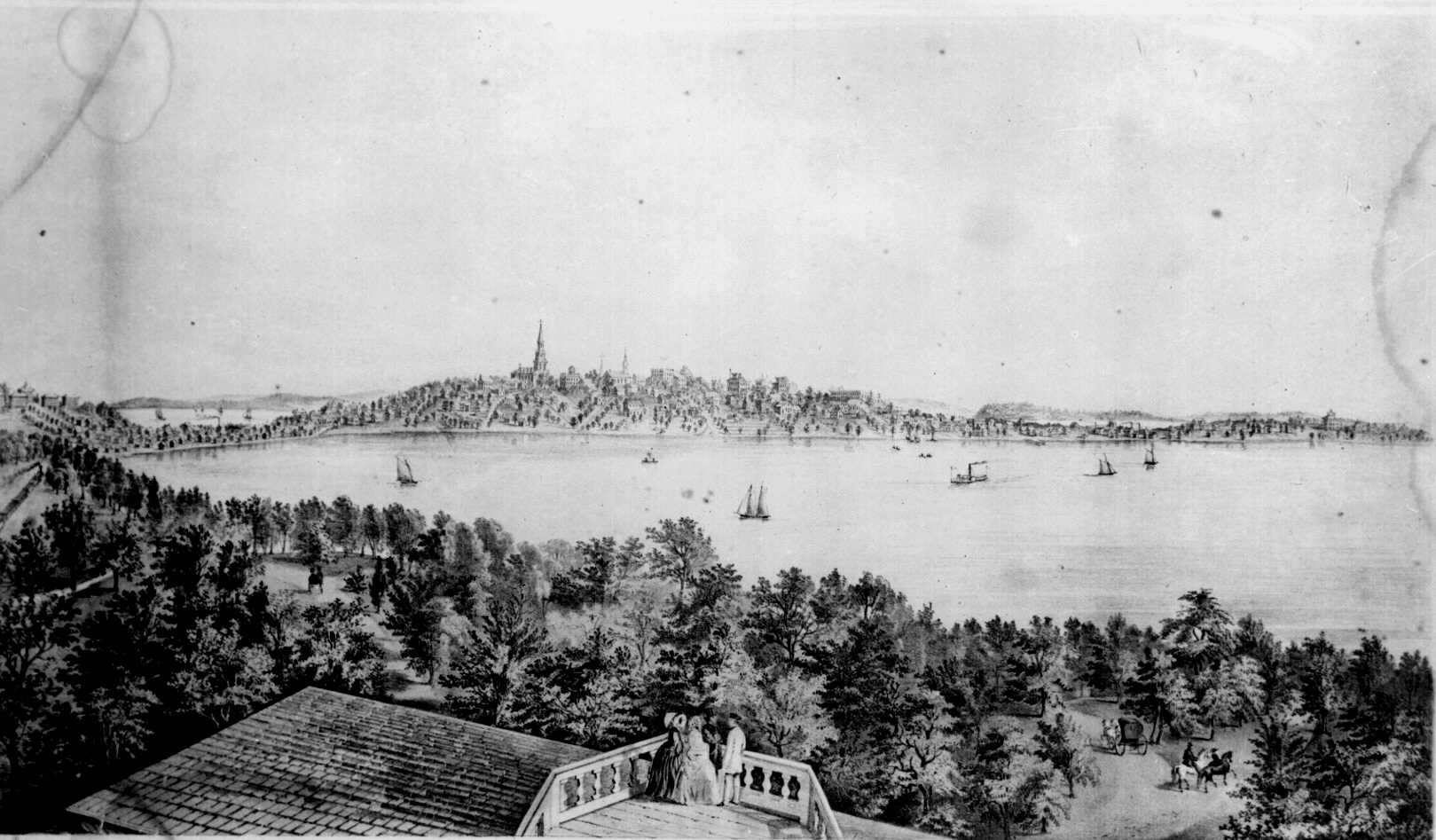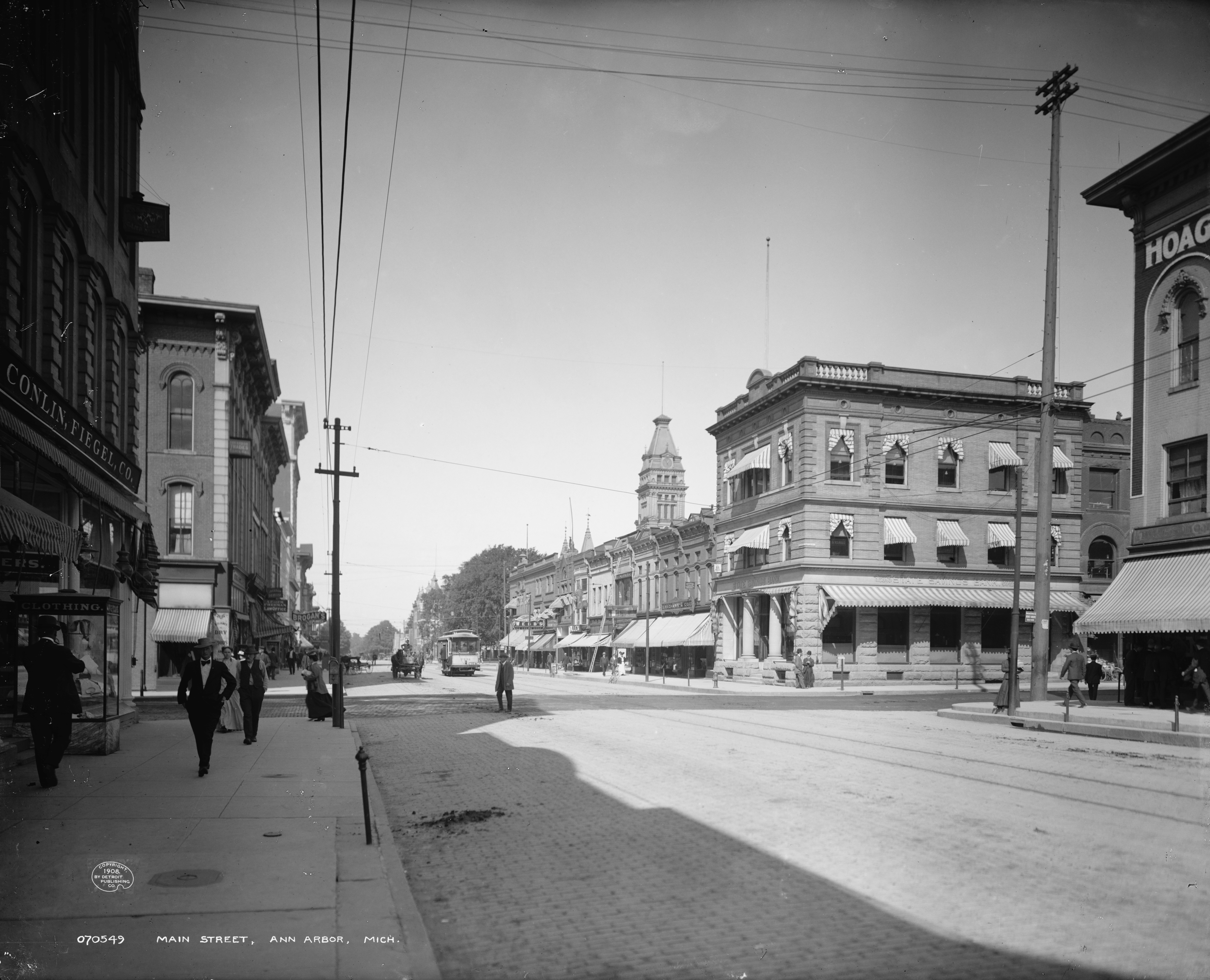|
1975 Northwestern Wildcats Football Team
The 1975 Northwestern Wildcats team represented Northwestern University during the 1975 Big Ten Conference football season. In their third year under head coach John Pont, the Wildcats compiled a 3–8 record (2–6 against Big Ten Conference opponents) and finished in ninth place in the Big Ten Conference. The team's offensive leaders were quarterback Randy Dean with 1,315 passing yards, Greg Boykin with 1,105 rushing yards, and Scott Yelvington with 686 receiving yards. Three Northwestern players received All-Big Ten honors: (1) defensive back Pete Shaw (AP-1; UPI-1); (2) center Paul Jasinskis (AP-1; UPI-2); and (3) wide receiver Scott Yelvington (UPI-2). Schedule Roster References Northwestern Northwestern Wildcats football seasons Northwestern Wildcats football The Northwestern Wildcats football team represents Northwestern University as an NCAA Division I college football team and member of the Big Ten Conference based near Chicago in Evanston, Illinois. F ... [...More Info...] [...Related Items...] OR: [Wikipedia] [Google] [Baidu] |
John Pont
John Pont (November 13, 1927 – July 1, 2008) was an American football player and coach. He served as head coach at Miami University, Yale University, Northwestern University and Indiana University. Early life Pont was born on November 13, 1927 in Canton, Ohio to Bautista and Suzannah Pont. He graduated from Timken High School in Canton. As an undergraduate at Miami University, Pont was an outstanding halfback, playing for coaches Woody Hayes and Ara Parseghian, and was a member of the Sigma Chi fraternity. After a serving a tour as a Navy submariner, Pont played professional football in Canada. He and several of his "Cradle of Coaches" compatriots are the subject of the book ''Fields of Honor'', written by Pont's niece, Sally Pont. Career Playing After playing college football at Miami University, Pont went to Canada and played with Toronto Balmy Beach Beachers of the Ontario Rugby Football Union, where he won the Imperial Oil Trophy as league MVP in 1952. Coaching He was ... [...More Info...] [...Related Items...] OR: [Wikipedia] [Google] [Baidu] |
Tucson, AZ
, "(at the) base of the black ill , nicknames = "The Old Pueblo", "Optics Valley", "America's biggest small town" , image_map = , mapsize = 260px , map_caption = Interactive map outlining Tucson , image_map1 = File:Pima County Incorporated and Unincorporated areas Tucson highlighted.svg , mapsize1 = 250px , map_caption1 = Location within Pima County , pushpin_label = Tucson , pushpin_map = USA Arizona#USA , pushpin_map_caption = Location within Arizona##Location within the United States , subdivision_type = Country , subdivision_type1 = State , subdivision_type2 = County , subdivision_name = United States , subdivision_name1 = Arizona , subdivision_name2 = Pima , established_title = Founded , established_date = August 20, 1775 , established_title1 = Incorporated , e ... [...More Info...] [...Related Items...] OR: [Wikipedia] [Google] [Baidu] |
Spartan Stadium (East Lansing)
Spartan Stadium (formerly College Field, Macklin Field, and Macklin Stadium), opened in 1923 in East Lansing, Michigan, United States. It is primarily used for football, and is the home field of the Michigan State University Spartans. After the addition of luxury boxes and club seating in 2004–2005, the capacity of the stadium grew from 72,027 to 75,005—though it has held more than 80,000 fans—making it the Big Ten's sixth largest stadium. It has been nicknamed "The Woodshed". History In the early 1920s, school officials decided to construct a new stadium to replace Old College Field. The resulting stadium—the lower half of the current stadium—was ready in the fall of 1923 with a capacity of 14,000. Over the years, the stadium grew. In 1936, the field's track was removed and permanent north and south endzone seating was added, increasing the seating capacity to 26,000. This expansion was built as a part of the Works Progress Administration, an agency created by the ... [...More Info...] [...Related Items...] OR: [Wikipedia] [Google] [Baidu] |
1975 Michigan State Spartans Football Team
{{Michigan-sport-team-stub ...
The 1975 Michigan State Spartans football team represented Michigan State University during the 1975 Big Ten Conference football season. Led by Denny Stolz in his third and final season as head coach, the Spartans compiled an overall record of 7–4 with a mark of 4–4, placing in a three-way tie for third in the Big Ten. Schedule Roster Game summaries Notre Dame References Michigan State Michigan State Spartans football seasons Michigan State Spartans football The Michigan State Spartans football program represents Michigan State University (MSU) in college football at the NCAA Division I Football Bowl Subdivision (FBS) level. The Spartans are members of the Big Ten Conference. Michigan State claims ... [...More Info...] [...Related Items...] OR: [Wikipedia] [Google] [Baidu] |
Minneapolis, MN
Minneapolis () is the largest city in Minnesota, United States, and the county seat of Hennepin County. The city is abundant in water, with thirteen lakes, wetlands, the Mississippi River, creeks and waterfalls. Minneapolis has its origins in timber and as the flour milling capital of the world. It occupies both banks of the Mississippi River and adjoins Saint Paul, the state capital of Minnesota. Prior to European settlement, the site of Minneapolis was inhabited by Dakota people. The settlement was founded along Saint Anthony Falls on a section of land north of Fort Snelling; its growth is attributed to its proximity to the fort and the falls providing power for industrial activity. , the city has an estimated 425,336 inhabitants. It is the most populous city in the state and the 46th-most-populous city in the United States. Minneapolis, Saint Paul and the surrounding area are collectively known as the Twin Cities. Minneapolis has one of the most extensive public par ... [...More Info...] [...Related Items...] OR: [Wikipedia] [Google] [Baidu] |
Memorial Stadium (University Of Minnesota)
Memorial Stadium, also known as the "Brick House", was an outdoor athletic stadium in the north central United States, located on the campus of the University of Minnesota in Minneapolis. It was the home of the Minnesota Golden Gophers football team for 58 seasons, from 1924 through 1981. Prior to 1924, the Gophers played at Northrop Field. Starting in 1982, the Gophers played their home games in the new Hubert H. Humphrey Metrodome, and Memorial Stadium was demolished a decade later. After 27 seasons indoors, the Gophers returned to campus in 2009 at the new TCF Bank Stadium, a block from the site of Memorial Stadium. History Opened on October 14, 1924, the stadium was dedicated to the 3,527 students, graduates, and workers who served in World War I, which had ended six years earlier. It sat on approximately . While Memorial Stadium was its home, the football team won six national championships, including three consecutive (1934–1936). The championship years were ... [...More Info...] [...Related Items...] OR: [Wikipedia] [Google] [Baidu] |
1975 Minnesota Golden Gophers Football Team
The 1975 Minnesota Golden Gophers football team represented the University of Minnesota in the 1975 Big Ten Conference football season. In their fourth year under head coach Cal Stoll, the Golden Gophers compiled a 6–5 record and were outscored by their opponents by a combined total of 236 to 192. Quarterback Tony Dungy received the team's Most Valuable Player award. Dungy and safety Doug Beaudoin were named All-Big Ten second team. Dungy was also named Academic All-Big Ten. Total attendance for the season was 220,081, which averaged to 31,440. The season high for attendance was against Michigan State. Schedule Roster *Tommie Ash #8 *QB Tony Dungy Game summaries Iowa Eugene Register-Guard. 1975 Oct 26. References {{Minnesota Golden Gophers football navbox Minnesota Minnesota Golden Gophers football seasons Minnesota Golden Gophers football The Minnesota Golden Gophers football team represents the University of Minnesota in c ... [...More Info...] [...Related Items...] OR: [Wikipedia] [Google] [Baidu] |
1975 Iowa Hawkeyes Football Team
{{Collegefootball-1970s-season-stub ...
The 1975 Iowa Hawkeyes football team represented the University of Iowa in the 1975 Big Ten Conference football season. Schedule Roster Game summaries at Syracuse Penn State Wisconsin Team players in the 1976 NFL Draft References Iowa Iowa Hawkeyes football seasons Iowa Hawkeyes football The Iowa Hawkeyes football program represents the University of Iowa in college football. The Hawkeyes compete in the West division of the Big Ten Conference. Iowa joined the Conference (then known as the Western Conference or Big Nine) in 1899 ... [...More Info...] [...Related Items...] OR: [Wikipedia] [Google] [Baidu] |
Madison, WI
Madison is the county seat of Dane County and the capital city of the U.S. state of Wisconsin. As of the 2020 census the population was 269,840, making it the second-largest city in Wisconsin by population, after Milwaukee, and the 80th-largest in the U.S. The city forms the core of the Madison Metropolitan Area which includes Dane County and neighboring Iowa, Green, and Columbia counties for a population of 680,796. Madison is named for American Founding Father and President James Madison. The city is located on the traditional land of the Ho-Chunk, and the Madison area is known as ''Dejope'', meaning "four lakes", or ''Taychopera'', meaning "land of the four lakes", in the Ho-Chunk language. Located on an isthmus and lands surrounding four lakes—Lake Mendota, Lake Monona, Lake Kegonsa and Lake Waubesa—the city is home to the University of Wisconsin–Madison, the Wisconsin State Capitol, the Overture Center for the Arts, and the Henry Vilas Zoo. Madison is home to an ... [...More Info...] [...Related Items...] OR: [Wikipedia] [Google] [Baidu] |
Camp Randall Stadium
Camp Randall Stadium is an outdoor stadium in Madison, Wisconsin, located on the campus of the University of Wisconsin–Madison, University of Wisconsin. It has been the home of the Wisconsin Badgers football team in rudimentary form since 1895 Wisconsin Badgers football team, 1895, and as a fully functioning stadium since 1917 Wisconsin Badgers football team, 1917. The oldest and fifth largest stadium in the Big Ten Conference, Camp Randall is the 41st list of stadiums by capacity, largest stadium in the world, with a seating capacity of 80,321. The field has a conventional north-south alignment, at an approximate elevation of above sea level. History The stadium lies on the grounds of Camp Randall, a Union Army training camp during the American Civil War, Civil War. The camp was named after then List of governors of Wisconsin, Governor Alexander Randall (Wisconsin politician), Alexander Randall, who later became United States Postmaster General, Postmaster General of the Unit ... [...More Info...] [...Related Items...] OR: [Wikipedia] [Google] [Baidu] |
1975 Wisconsin Badgers Football Team
The 1975 Wisconsin Badgers football team represented the University of Wisconsin–Madison in the 1975 Big Ten Conference football season. Schedule Game summaries Northwestern Billy Marek became the 30th player in NCAA history to rush for over 3,000 yards in a career. Roster 1976 NFL Draft References {{Wisconsin Badgers football navbox 1975 Big Ten Conference football season, Wisconsin Wisconsin Badgers football seasons 1975 in sports in Wisconsin, Wisconsin Badgers football ... [...More Info...] [...Related Items...] OR: [Wikipedia] [Google] [Baidu] |
Ann Arbor, MI
Ann Arbor is a city in the U.S. state of Michigan and the county seat of Washtenaw County. The 2020 census recorded its population to be 123,851. It is the principal city of the Ann Arbor Metropolitan Statistical Area, which encompasses all of Washtenaw County. Ann Arbor is also included in the Greater Detroit Combined Statistical Area and the Great Lakes megalopolis, the most populated and largest megalopolis in North America. Ann Arbor is home to the University of Michigan. The university significantly shapes Ann Arbor's economy as it employs about 30,000 workers, including about 12,000 in the medical center. The city's economy is also centered on high technology, with several companies drawn to the area by the university's research and development infrastructure. Ann Arbor was founded in 1824, named after the wives of the village's founders, both named Ann, and the stands of bur oak trees.Marwil, pp. 1–2 The city's population grew at a rapid rate in the early to the ... [...More Info...] [...Related Items...] OR: [Wikipedia] [Google] [Baidu] |





